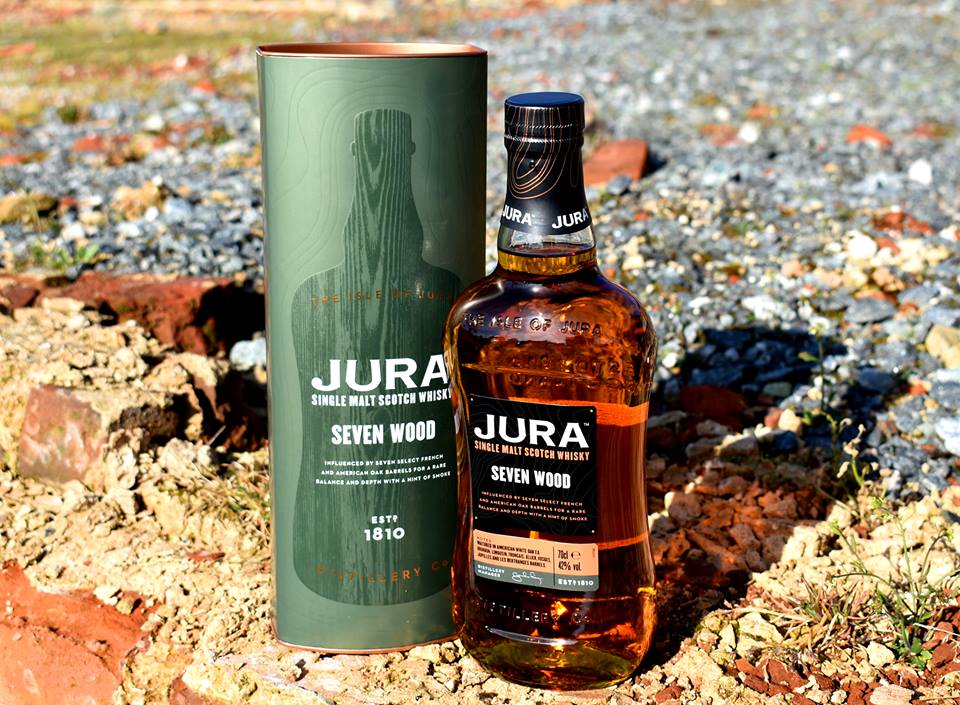
It differs from the subspecies tircis as follows: Like the subspecies tircis, the spring brood has larger cream spots than those of the summer brood. Aldwell & Smyth (2015) extend the distribution of this subspecies further: "Some of the Donegal photographs revealed the presence of another subspecies there P. The newly discovered populations of eastern Ross-shire, eastern Inverness-shire, Nairnshire and Morayshire, and the extinct colonies in Wigtownshire, Ayrshire and Lanarkshire, probably also belong to this race". Thomson (1980) extends the distribution to include western and north-western Scotland and its neighbouring islands: "The subspecies oblita inhabits the western part of Argyllshire, western Inverness-shire and as far north as Inverewe, Ross-shire, including Mull, Ulva, Canna, Rhum, Skye, Jura and possibly other islands of the Inner Hebrides. The initial distribution of this subspecies of Loch Scresort, Rhum, was extended by Howarth (1973) to include Canna and by Dennis (1977) to include Oban and northern Argyll. This subspecies was first defined in Harrison (1949) ( type locality: Loch Scresort, Isle of Rhum, Scotland). The antennae are coloured as in the two preceding species but their club is tapered. The underside of the hindwings is green-grey, slightly lustrous, with two brown, wavy, transverse lines, outside which there are two yellowish spots, then a curved array of five to six whitish points surrounded by brown, finally a violet tint which covers almost all the outer margin. The underside of the forewings resembles the upperside only the ground colour and the spots are a little paler. The hindwings have two (yellow ochre spots), behind which there is a band of a similar yellow colour, showing four black eyespots, of which the foremost is smaller and lacks a pupil, the others having a white pupil. The forewings have a dozen of these, as well as a black eyespot with a white pupil positioned towards the apex. The upperside of the wings is dark brown, with spots of yellow-ochre. Les antennes sont colorées comme dans les deux espèces précédentes mais leur massue est en fuseau. Le dessous des secondes ailes est d'un gris-verdâtre légèrement chatoyant, avec deux lignes brunes, transverses, ondulées, à la suite desquelles il y a deux taches jaunâtres, puis une rangée courbe de cinq à six points blanchâtres entourés de brun, enfin une teinte violâtre qui couvre presque tout le bord postérieur.
#Isle of jura 1976 plus
Le dessous des premières ailes ressemble au dessus seulement le fond et les taches en sont un peu plus pâles. Les ailes inférieures en ont deux, derrière lesquelles il y a une bande pareillement jaune, offrant quatre yeux noirs, dont l'antérieur plus petit et sans prunelle, les autres avec une prunelle blanche. Les ailes supérieures en ont une douzaine, sans compter un oeil noir à prunelle blanche, placé vis-à-vis du sommet.

Le dessus des ailes est d'un brun-obscur, avec des taches d'un jaune-d'ocre.


 0 kommentar(er)
0 kommentar(er)
